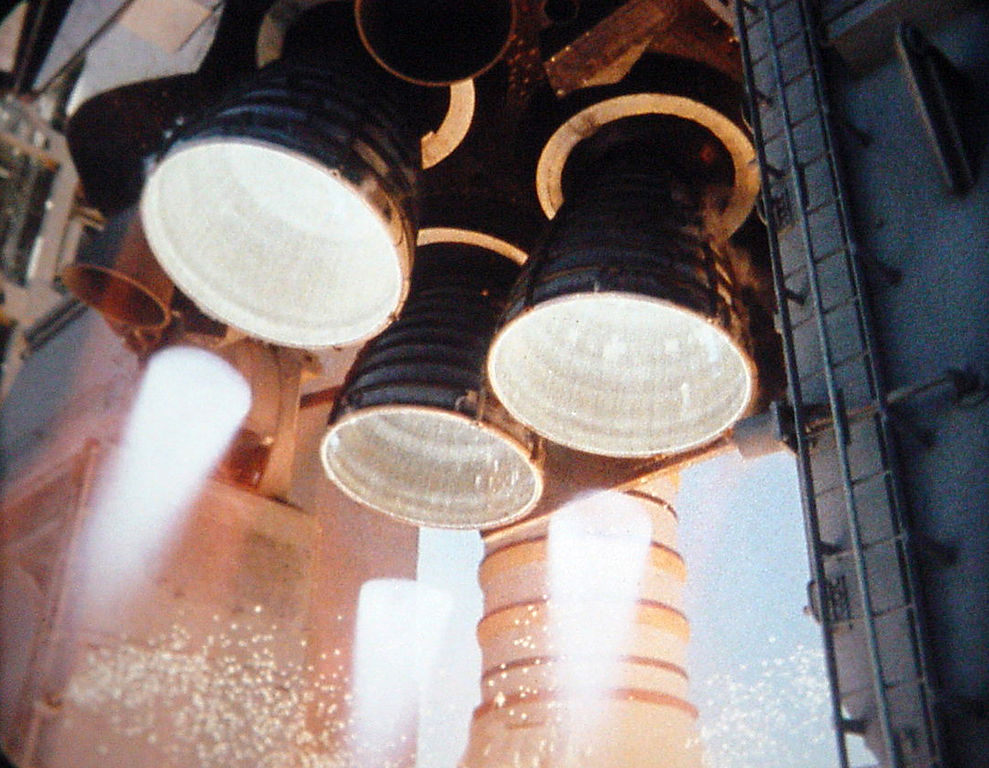Did You Know Polyurethane Foam Made the Space Shuttle Possible?

Sometimes it’s all in the details. Something as simple as polyurethane (PU) foam made the modern space shuttle a possibility. This crucial material opened up a range of new options for spacecraft, as well as everyday objects.
Polyurethane is a polymer, or a molecule made up of multiple subunits, containing different organic materials that urethane compounds join together. When in foam form, it acts as an invaluable tool for everyday objects. However, researchers later found that it’s the perfect substance for space shuttles.
But how exactly did polyurethane become such an essential tool in the space industry? Well, you’re about to find out!
The Foam for Space Shuttles
In 2016, Orbital ATK, an aerospace developer and manufacturer that specializes in defense, space and aviation, found themselves with an issue. They were aiding in creating rocket boosters for NASA’s Space Launch System (SLS) but were having trouble closing and sealing the nozzles of these boosters. Enter polyurethane to save the day.
PU foam is an incredibly versatile tool that can come in different forms for different applications and needs. Orbital ATK found that General Plastics’ LAST-A-FOAM® FR-4306 was a perfect solution for the nozzle issue.
Because of the extreme conditions that shuttles endure, there are strict requirements for the materials that go into building these objects. For instance, Orbital ATK’s requirements indicated that they needed a substance that had compound-curved surfaces, appropriate thickness and a balance of strength and versatility. Additionally, they needed a test model before they could implement anything.
The boosters alone measured 177 feet in length and 12 feet in diameter. The SLS is approximately 322 feet. So, there’s a significant amount of weight and size that depend on these rocket boosters to function properly.
General Plastics’ PU foam covered those requirements and more. The material is also flame retardant, too, which is a must for space shuttles. Its durability and strength were necessary for the 8.4 million pounds of total thrust during blast off.
With this foam, Orbital ATK found the perfect fit to close and seal the nozzles. From there, PU foam became one of the most crucial parts of the SLS.

The Eco-Friendly Material
As forms of PU become more popular and sustainability becomes the center of many concerns, developers are investigating a more eco-friendly alternative.
PU typically has isocyanates — or compounds of highly reactive chemicals — in it, which can be toxic. Because of PU’s components, it also has ecological risks on top of the health risks. Developers want to ensure the sustainability factor for the various types of polyurethane they create. They want to produce PU with the most renewable resources possible, which could be substances like non-consumable vegetable oils.
As a solution, experts suggest a hybrid of non-isocyanate polyurethanes, which act as a more environmentally friendly alternative to traditional PU components.
PU has unique and frequent uses that sustainability can improve and reduce the effects of. Advancements in biodegradable polyurethanes could mean more sustainable sourcing and manufacturing practices, turning this material into a renewable resource. That is quite the improvement!
Other Applications of Polyurethane
In 2013, some students from a Houston, Texas high school experimented with gravity and PU. At South Houston High School, these learners took a major step towards the future of PU foam in space.
The high schoolers investigated the necessity and probability of a PU repair kit. Since PU foam is dense and durable, the students knew it was a good source for insulation, building and repairs. So with this kit, experts could hopefully use the foam to repair any cracks or minor damages on space equipment.
In this experiment, they wanted to look at how the foam’s density would hold up in microgravity as opposed to Earth’s gravity. The implications of a test like this could eventually bring about bigger applications of PU. Since test results showed that PU foam reacts quickly and can withstand pressure and density in microgravity, it’s excellent for use in space. This discovery means astronauts can conduct fast and easy foundational repairs while in space.
With an improvement like that, PU becomes even more valuable.
The Future of Foam
These case studies are only a few of many investigations into PU. And though they occurred several years ago, the ideas still stand — this material is beneficial both on planet Earth and in outer space. Who knows what the future of polyurethane may hold with advancements like these?
Would you like to receive similar articles by email?





